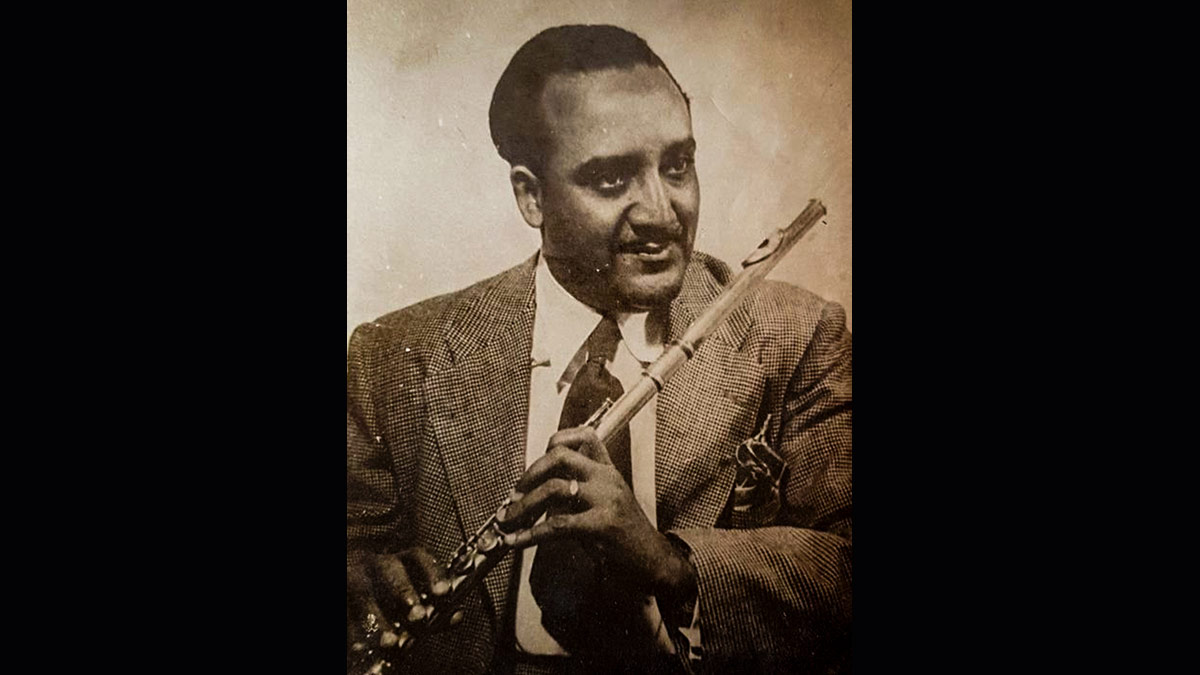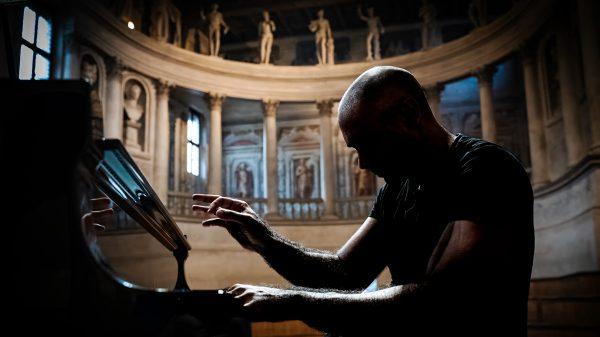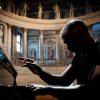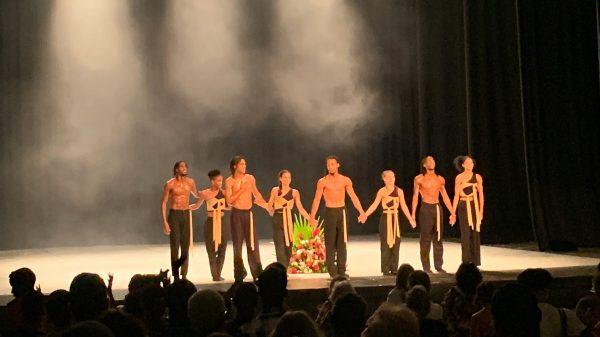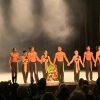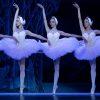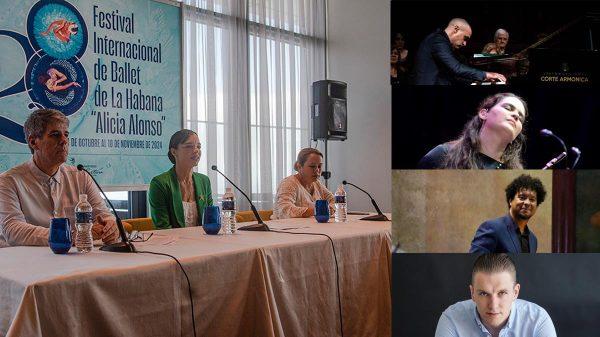Roberto Ondina is something to be proud of because of a refined technique, a perfect mechanism and sound simply admirable for its delicate, velvety sound.
Engraved in Cuban musical historiography is a peculiar memory. The echoes of that occasion in which Igor Stravinsky visited Havana for the first time to stage, among other pieces, his Petroushka and his Firebird have reached our days. He rehearsed with the Havana Philharmonic Orchestra while the solo passages written for flute emerged from the compact instrumental mass endowed with an overwhelming beauty. It is said that the Russian maestro made the person in charge of the interpretation repeat them multiple times, to the astonishment of the rest of the orchestra members, who doubted the perfection of the passages’ execution. The last repetition came, and with it, Stravinsky’s profound praise for the greatness of that artist.
The foundations of the flautist tradition on the island date back to the summer of 1856. The Italian Alfonso Miari (1825-1906) arrived in Havana, and with him, the teaching of the system flute in our country. During the second half of the 19th century, the danzón was the most daring proposal of the moment. The nineteenth century was still running, when one of the instrumental formats that accompanied this and other dance music genres appeared. The charanga orchestra, or French charanga, as it was also called, alluding to the use of the five-keyed flute, occupied the podium of the favorite groups for the musicians’ guild and the music industry.
At the center of this story is Roberto Ondina (Havana, 1904 – Havana, 1963), a flutist who mastered the technique of his instrument like no other Cuban. Heir to the aforementioned traditions, both academic and popular, he stands at the top of a list of illustrious names that largely determined the role of the flute as part of our musical identity. The first notes sprouted from his fingers as a child, at that age when imagination flies free and talent emerges. Under the attentive guidance of his father, young Roberto took his first steps on the path of music, and remained on it for the rest of his life.
He soon entered the Municipal Conservatory, where he polished his technique with masters Lorenzo Betancourt and Modesto Fraga, who was a disciple of Mari. However, the real school was his insatiable passion, the same one that led him to explore his potential beyond any formal education. In the capital, he deployed all his talent, consecrating himself as a soloist in the Municipal Concert Band and the Symphony Orchestra under the baton of Gonzalo Roig. He later joined the Havana Philharmonic Orchestra and was a founder of the National Symphony Orchestra.
Everywhere he performed, Ondina built with his instrument a universe capable of touching the soul. As maestro Erick Kleiber would say, he achieved such a beautiful sound that it was impossible not to surrender to his spell. At the same time, he dedicated himself to train new generations of flutists, many of whom became referents of the Cuban pentagram. Thus, his legacy transcended time to germinate in the hands of those who followed in his wake.
Habana Clásica dedicates its fifth edition to the life of maestro Ondina. Marcos Madrigal, artistic director of the event, has summoned three flute soloists, and an ensemble made up entirely of flute players, who will share the stage with the aim of vindicating his work. They come to us from the Kingdom of the Netherlands, the professor of generations and virtuoso Jacques Zoon, and from Italy, his pupil and one of the most applauded piccolo players on the European stages, Jona Venturi. Both meet again here, under the unconditional patronage of the Swiss Development and Cooperation agency (COSUDE), the entity that supports the event.
Their Cuban counterpart is Niurka González, one of the most prominent flutists of our time, always a guest of honor and an intimate member of the great Habana Clásica family since its beginnings. Her work as a teacher at the University of the Arts (ISA) is materialized through her students, who perform in a singular quintet baptized Op.5.
An extensive repertoire has been carefully chosen for these performers. Four hundred years of creation converge under the seductive cloak of our concert halls, historical counterparts of the musical styles presented. In them, the concertos of Antonio Vivaldi and Johann Sebastian Bach transport us to the effervescence of the Baroque period, where the flute took center stage as a solo instrument. The elaborate melodic lines of Vivaldi and the majestic polyphony of Bach reinforce the halo of virtuosity that the instrument reached in the hands of the great masters of the time.
Amid romanticism we find singular jewels, such as those conceived by Mel Bonis, an innovative composer who expanded the chamber repertoire with suggestive titles such as her Suite Op. 59 and the Trio Soir et Matin. Franz Doppler’s Andante and rondo is another of the works on the select program. Who better than the performer himself to master exactly the technical difficulties of his instrument? Doppler knew them, as this prolific composer shared his craft with a fertile career on the stage. Other pieces from late romanticism and impressionism written by Johannes Brahms and Maurice Ravel respectively reflect the versatility of the flute, with its wide dynamic and timbral range.
From the 20th and 21st centuries comes the production of Venezuelan Paul Desenne, Romanian Levente Gyöngyösi and Italian Nicola Sani, who accompanies us in this edition. Cuban music is present with three works covering multiple formats: the Paisaje cubano con rumba imagined by Leo Brouwer, the evocative Bienaventuranzas by José María Vitier and the premiere for flute ensemble Tristán II by Daniel Toledo, the composer in residence.
In this way, music sounds again in the Havana cloisters, not only as an epitaph commemorating a distant past, but as a song of life; because art is a flowing river, and the great performers, such as Ondina and those who meet here, are the cornerstones that maintain its course.
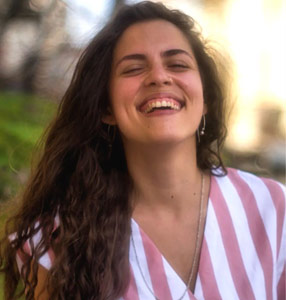
Gabriela Milián Calzadilla works at the Gabinete de Patrimonio Musical Esteban Salas in Havana, Cuba. Find out more about Ms. Milian or contact her social media profiles.






